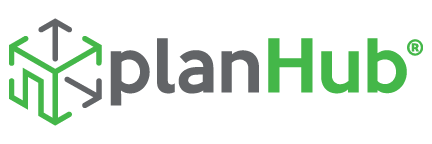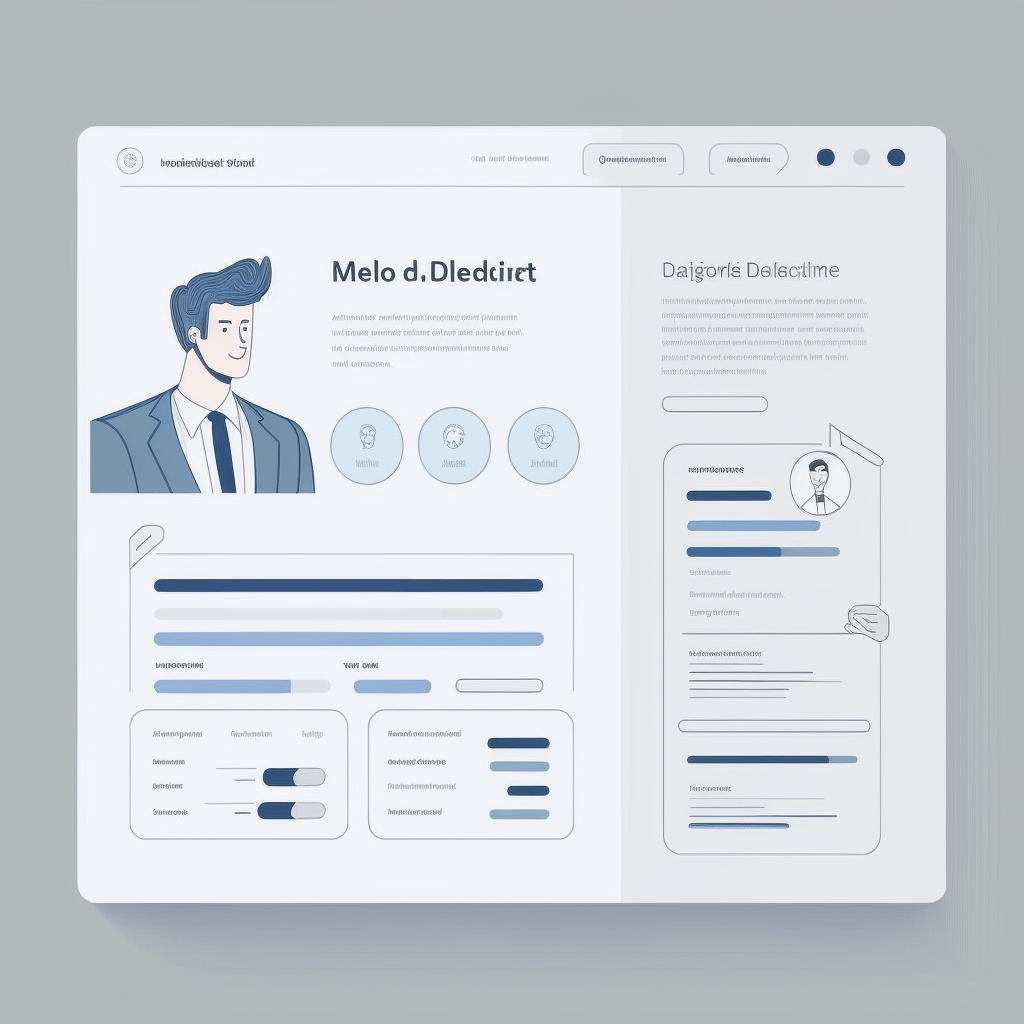In the fast-paced world of digital marketing, understanding your customers and delivering personalized experiences is key to success. However, the abundance of data scattered across various platforms can make it challenging to gain meaningful insights and execute effective marketing campaigns. That’s where a Customer Data Platform (CDP) comes in. In this blog post, we will explore the importance of building a CDP and how it can help you unify data, gain valuable insights, and deliver personalized marketing experiences to your customers.

What is a Customer Data Platform?
1.1 Defining a Customer Data Platform
A Customer Data Platform (CDP) is a centralized system that collects, integrates, and manages customer data from various sources.
It creates a unified and comprehensive view of each customer, allowing businesses to understand their customers’ behavior, preferences, and needs.
1.2 Key Features of a CDP
Data Integration: A CDP consolidates data from multiple sources, such as CRM systems, transactional data, social media, and more.
Single Customer View: It creates a unified customer profile that encompasses all relevant data, enabling personalized marketing campaigns.
Real-time Data Access: A CDP provides instant access to up-to-date customer data, allowing businesses to respond quickly to customer needs.
Benefits of a Customer Data Platform
2.1 Personalized Marketing Campaigns
By unifying customer data, a CDP empowers marketers to create highly targeted and personalized marketing campaigns.
It enables businesses to deliver relevant content, recommendations, and offers based on each customer’s unique preferences and behavior.
2.2 Improved Customer Insights
A CDP provides deep customer insights by analyzing data from various touchpoints and interactions.
Businesses can gain a better understanding of customer behavior, identify patterns, and make data-driven decisions to optimize marketing strategies.
2.3 Enhanced Customer Experience
With a CDP, businesses can deliver seamless and personalized experiences throughout the customer journey.
By understanding individual preferences and needs, businesses can provide tailored recommendations, support, and offers, leading to higher customer satisfaction and loyalty.
Building a Customer Data Platform
3.1 Data Collection and Integration
Identify the relevant data sources for your business, such as website analytics, CRM systems, email marketing platforms, and social media channels.
Integrate these data sources into your CDP to create a comprehensive view of each customer.

3.2 Data Cleansing and Deduplication
Ensure the data within your CDP is accurate, consistent, and free from duplicates.
Implement data cleansing and deduplication processes to maintain data integrity.
3.3 Creating Customer Profiles
Develop customer profiles within your CDP that include demographic information, purchase history, website behavior, and engagement data.
Leverage this information to segment your audience and deliver personalized marketing campaigns.
3.4 Automation and Campaign Execution
Utilize marketing automation tools to leverage the data within your CDP for targeted and automated campaigns.
Personalize email marketing, retargeting ads, and website content based on individual customer profiles and preferences.
Q1: What types of data can be integrated into a Customer Data Platform?
A Customer Data Platform can integrate various types of data, including customer demographics, transactional data, website behavior, social media interactions, and more. The goal is to consolidate all relevant customer data into a single platform.
Q2: How can a Customer Data Platform benefit my marketing efforts?
A Customer Data Platform can significantly enhance your marketing efforts by enabling personalized and targeted campaigns. With a unified view of each customer, you can deliver tailored content, offers, and recommendations, resulting in improved engagement and conversions.
Q3: Is a Customer Data Platform suitable for small businesses?
Absolutely! A Customer Data Platform is beneficial for businesses of all sizes. It allows small businesses to leverage customer data effectively, gain insights, and deliver personalized experiences, just like larger organizations. The scalability and flexibility of a CDP make it accessible to businesses of all sizes.
Q4: What are some best practices for implementing a Customer Data Platform?
When implementing a Customer Data Platform, it’s essential to start with a clear understanding of your data sources and objectives. Establish data governance processes to ensure data accuracy and security. Additionally, focus on data quality and invest in the necessary tools and resources to maximize the value of your CDP.
Conclusion:
Building a Customer Data Platform is a strategic investment that empowers businesses to harness the power of data for personalized marketing. By unifying customer data from various sources, businesses can gain valuable insights, deliver personalized experiences, and drive meaningful customer engagement. Embrace the potential of a CDP to unlock new levels of marketing effectiveness and create lasting customer relationships.
Call to Action:
Do you want to learn more about the latest digital updates and stay on top of the evolving world of marketing? Subscribe to our newsletter and receive regular insights, tips, and strategies to enhance your marketing efforts!
Don’t forget to visit d-dat.com for more useful and quality blog posts!








